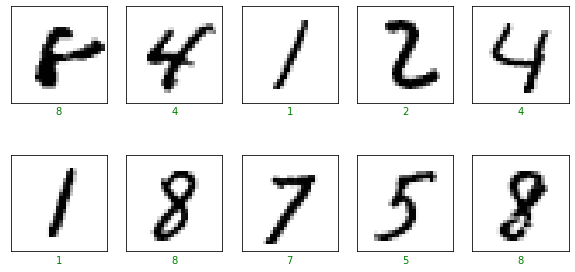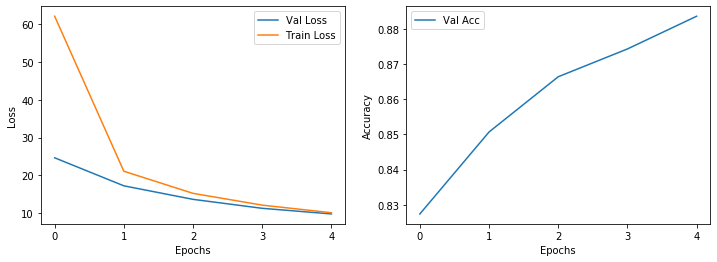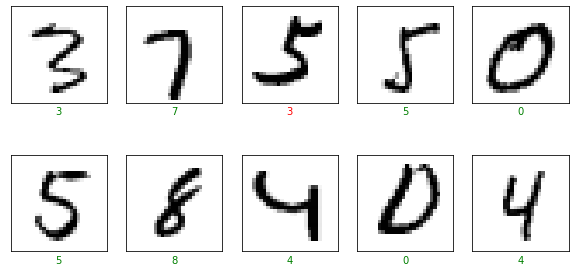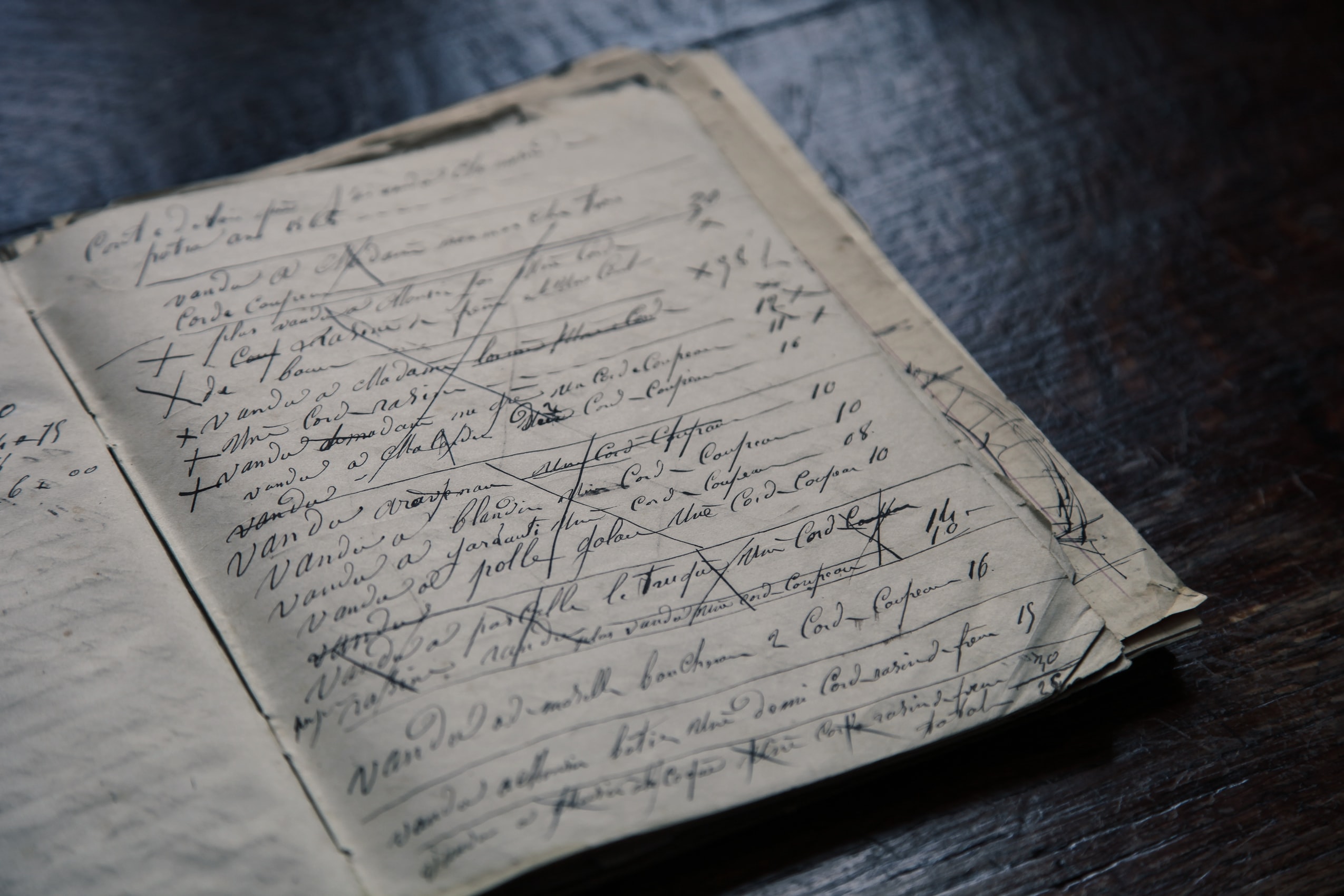Image Classification with Tensorflow without Keras
Hello, today I would like classify images by using Neural Network in TensorFlow without Keras ,
We are going to classify Images by using Tensorflow.
Introduction and Importing Libraries
This notebook works the tensorflow version >= 2.1.0
First we import relevant libraries and helper functions.
import tensorflow as tf
import numpy as np
import matplotlib.pyplot as plt
import nn_utils
%matplotlib inline
print('TensorFlow Version:', tf.__version__)
TensorFlow Version: 2.3.0
def load_data():
(x_train, y_train), (x_test, y_test) = tf.keras.datasets.mnist.load_data()
x_train = np.reshape(x_train, (x_train.shape[0], 784))/255.
x_test = np.reshape(x_test, (x_test.shape[0], 784))/255.
y_train = tf.keras.utils.to_categorical(y_train)
y_test = tf.keras.utils.to_categorical(y_test)
return (x_train, y_train), (x_test, y_test)
def plot_random_examples(x, y, p=None):
indices = np.random.choice(range(0, x.shape[0]), 10)
y = np.argmax(y, axis=1)
if p is None:
p = y
plt.figure(figsize=(10, 5))
for i, index in enumerate(indices):
plt.subplot(2, 5, i+1)
plt.imshow(x[index].reshape((28, 28)), cmap='binary')
plt.xticks([])
plt.yticks([])
if y[index] == p[index]:
col = 'g'
else:
col = 'r'
plt.xlabel(str(p[index]), color=col)
return plt
def plot_results(history):
plt.figure(figsize=(12, 4))
epochs = len(history['val_loss'])
plt.subplot(1, 2, 1)
plt.plot(range(epochs), history['val_loss'], label='Val Loss')
plt.plot(range(epochs), history['train_loss'], label='Train Loss')
plt.xticks(list(range(epochs)))
plt.xlabel('Epochs')
plt.ylabel('Loss')
plt.legend()
plt.subplot(1, 2, 2)
plt.plot(range(epochs), history['val_acc'], label='Val Acc')
plt.xticks(list(range(epochs)))
plt.xlabel('Epochs')
plt.ylabel('Accuracy')
plt.legend()
return plt
Initializing Neural Network
We have to create the Neural Network class, understand the init function and setting up initial parameter values.
#net = NeuralNewtwork(10,100,11)
#10 features for each example
#11 classes for each example
#100 unit in the hidden layer
class NeuralNetwork:
def __init__(self, layers):
self.layers = layers
self.L = len(layers)
self.num_features = layers[0]
self.num_classes = layers[-1]
self.W = {}
self.b = {}
self.dW = {}
self.db = {}
self.setup()
def setup(self):
for i in range(1, self.L):
self.W[i] = tf.Variable(tf.random.normal(shape=(self.layers[i],self.layers[i-1])))
self.b[i] = tf.Variable(tf.random.normal(shape=(self.layers[i],1)))
Forward Pass
- We have to create a forward pass function.
class NeuralNetwork(NeuralNetwork):
def forward_pass(self, X):
A = tf.convert_to_tensor(X, dtype=tf.float32)
for i in range(1, self.L):
Z = tf.matmul(A,tf.transpose(self.W[i])) + tf.transpose(self.b[i])
if i != self.L-1:
A = tf.nn.relu(Z)
else:
A = Z
return A
Computing Loss and Updating Parameters
- We use the cross entropy loss with logits.
- We update parameters for all the layers.
class NeuralNetwork(NeuralNetwork):
def compute_loss(self, A, Y):
loss = tf.nn.softmax_cross_entropy_with_logits(Y,A)
return tf.reduce_mean(loss)
def update_params(self, lr):
for i in range(1,self.L):
self.W[i].assign_sub(lr * self.dW[i])
self.b[i].assign_sub(lr * self.db[i])
Predict and Info Functions
- First we have to unnderstandand the pre-written info function.
- Therefore we create a predict function with the help of the forward pass
class NeuralNetwork(NeuralNetwork):
def predict(self, X):
A = self.forward_pass(X)
return tf.argmax(tf.nn.softmax(A), axis=1)
def info(self):
num_params = 0
for i in range(1, self.L):
num_params += self.W[i].shape[0] * self.W[i].shape[1]
num_params += self.b[i].shape[0]
print('Input Features:', self.num_features)
print('Number of Classes:', self.num_classes)
print('Hidden Layers:')
print('--------------')
for i in range(1, self.L-1):
print('Layer {}, Units {}'.format(i, self.layers[i]))
print('--------------')
print('Number of parameters:', num_params)
Training on Batch
-
We create the main training mechanism.
-
And we implement the gradient descent with automatic differentiation.
class NeuralNetwork(NeuralNetwork): def train_on_batch(self, X, Y, lr): X = tf.convert_to_tensor(X, dtype=tf.float32) Y = tf.convert_to_tensor(Y, dtype=tf.float32) with tf.GradientTape(persistent=True) as tape: A = self.forward_pass(X) loss = self.compute_loss(A, Y) for i in range(1, self.L): self.dW[i] = tape.gradient(loss, self.W[i]) self.db[i] = tape.gradient(loss, self.b[i]) del tape self.update_params(lr) return loss.numpy()
Training on Complete Set
- We break down data-set in batches.
- And again we break down the training process in epochs and steps.
class NeuralNetwork(NeuralNetwork):
def train(self, x_train, y_train, x_test, y_test, epochs, steps_per_epoch, batch_size, lr):
history = {
'val_loss':[],
'train_loss':[],
'val_acc':[]
}
for e in range(0, epochs):
epoch_train_loss = 0.
print('Epoch{}'.format(e), end='.')
for i in range(0, steps_per_epoch):
x_batch = x_train[i*batch_size:(i+1)*batch_size]
y_batch = y_train[i*batch_size:(i+1)*batch_size]
batch_loss = self.train_on_batch(x_batch, y_batch,lr)
epoch_train_loss += batch_loss
if i%int(steps_per_epoch/10) == 0:
print(end='.')
history['train_loss'].append(epoch_train_loss/steps_per_epoch)
val_A = self.forward_pass(x_test)
val_loss = self.compute_loss(val_A, y_test).numpy()
history['val_loss'].append(val_loss)
val_preds = self.predict(x_test)
val_acc = np.mean(np.argmax(y_test, axis=1) == val_preds.numpy())
history['val_acc'].append(val_acc)
print('Val acc:',val_acc)
return history
Application
- We apply the neural network model to solve a multi-class classification problem.
- We create model instance and setting up hyperparameters.
- And we we create the model.
(x_train, y_train), (x_test, y_test) = nn_utils.load_data()
nn_utils.plot_random_examples(x_train, y_train).show()

in MNIST dataset there are 784 fetures it has 20 row and 20 columns for each example we will use two hidden layers with 128 units and we have 10 classes
net = NeuralNetwork([784,128,128,10])
net.info()
Input Features: 784
Number of Classes: 10
Hidden Layers:
--------------
Layer 1, Units 128
Layer 2, Units 128
--------------
Number of parameters: 118282
batch_size = 120
epochs = 5
steps_per_epoch = int(x_train.shape[0]/batch_size)
lr = 3e-3
print('Steps per epoch', steps_per_epoch)
Steps per epoch 500
history = net.train(
x_train,y_train,
x_test, y_test,
epochs, steps_per_epoch,
batch_size, lr)
Epoch0...........Val acc: 0.8274
Epoch1...........Val acc: 0.8507
Epoch2...........Val acc: 0.8664
Epoch3...........Val acc: 0.8743
Epoch4...........Val acc: 0.8836
Results
- We plot the training results.
- A look at predictions on the test set.
nn_utils.plot_results(history).show()

preds = net.predict(x_test)
nn_utils.plot_random_examples(x_test,y_test,preds.numpy()).show()

Congratulations! We have applied Neural Networks in Tensorflow to classify hand script images

Leave a comment